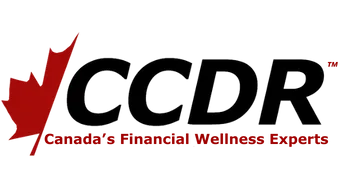Tax time in Canada
Here in Canada, tax time is upon us, and with that brings mixed emotions for all. For lots, it may bring stress as they know they will be owing lots or already do, and it is just a reminder. For some people who make less and pay more in taxes, it is nice to get some back, and today we are going to focus on both groups of people.






